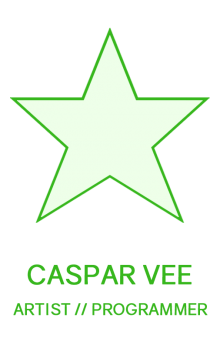NON-PHOTOREALISTIC RENDERING was the focus of my Honours Project undertaken in my fourth year at Abertay University.
The primary intention of the project was to research methods of translating a 2D art style into a 3D computer game environment without compromising the artistic intent.
This project won the SEGA Prize for Innovation in Game Development at the 2016 Abertay Digital Graduate Showcase.
Shaders are mathematical, whilst an artist seeks to create the ideal image by making deliberate aesthetic choices. Subsequently, when using maths to replicate artistic principles, results can be undesirable, lacking the intention of the artist. Several shaders were created that focused on preserving the artistic component of each effect, replicating the base principles of the western 2D “cartoon” animation style.
In order to preserve the artistic intention each shader was built to be easy to manipulate in real-time, giving more control back to artists. Manipulable variables include the colour palette, lineart width, shading temperature and light colour, to name a few.
Shaders created for the project:
– Colour theory-based Cel shader
– Comic book screentone shader
– Edge Detection shader
– Hue Isolation and Desaturation shader
– HSL Manipulation shader
These shaders were compiled into a Shader Tool, created with openFrameworks and the ofxDatGui addon using C++ and GLSL.
Here the shaders can be combined, previewed and modified. For research purposes, models with varying art styles were placed under several shader combinations in order to gather opinions regarding the success of each effect.
For the 2016 Abertay Digital Graduate Showcase, the Shader Tool was on display and available for attendees to interact with, with positive reception.
Below is a video demonstrating the shader tool in use.
The Models used in the above images and video are as follows:
[Aimee]
[Pirate Girl]
[Ranger]
